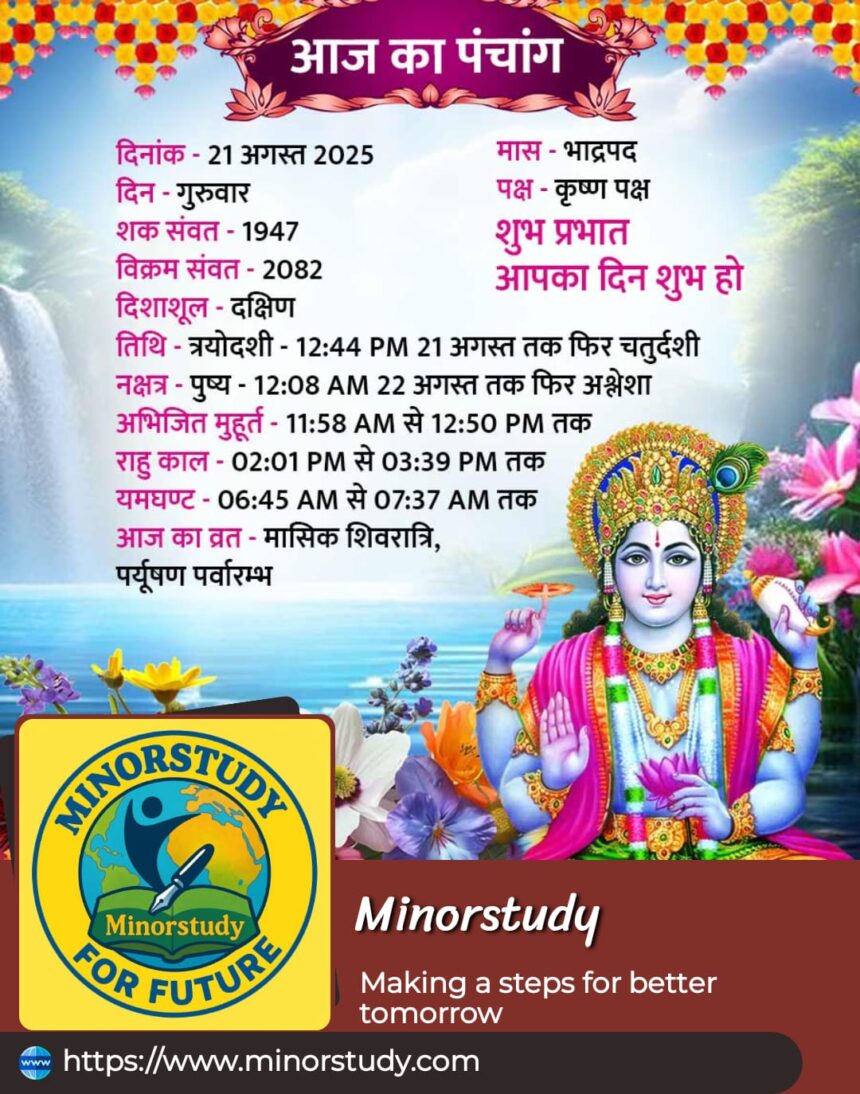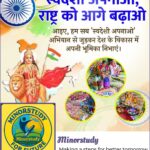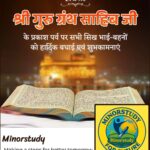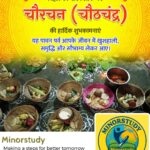Introduction: A Spiritually Charged Day – 21 August 2025
Every day in the Hindu and Jain calendars holds unique spiritual energy, but 21 August 2025 is particularly auspicious and powerful. According to the Panchang, today marks two sacred occasions:
मासिक शिवरात्रि (Maasik Shivaratri) – A monthly observance dedicated to Lord Shiva, reminding devotees of purity, devotion, and liberation.
पर्युषण पर्वारम्भ (Paryushan Parv begins) – The most sacred festival of the Jain community, focused on self-discipline, non-violence, forgiveness, and spiritual upliftment.
Both festivals, though from different traditions, share a common essence of self-purification, devotion, and inner peace. Let us dive deep into the history, facts, significance, rituals, and daily life impact of these divine observances.
History of Maasik Shivaratri
Vedic Roots: References to Lord Rudra (form of Shiva) appear in Rigveda, showing ancient Shiva worship.
Puranic Legends: Associated with Shiva drinking poison (Halahala) during Samudra Manthan and his divine union with Parvati.
Monthly Tradition: Unlike Maha Shivaratri (annual), Maasik Shivaratri is observed every Krishna Paksha Chaturdashi, offering devotees monthly spiritual renewal.
History of Paryushan Parv
Jain Dharma Origins: Paryushan, also called Das Lakshana Parva, dates back thousands of years in Jain tradition.
Meaning of ‘Paryushan’: It means “coming together” or “staying closer to the soul.”
Tirthankara Tradition: It is believed that Lord Mahavira, the 24th Tirthankara, emphasized deep meditation, non-violence, fasting, and forgiveness during this time.
Annual Practice: It usually lasts for 8-10 days and is considered the holiest festival of Jainism.
Timeline
Vedic Era (1500–500 BCE): Shiva worship in the form of Rudra begins.
500 BCE: Lord Mahavira promotes self-restraint and forgiveness, forming the basis of Paryushan.
Puranic Age: Shivaratri gains prominence as a day of liberation.
Medieval India: Jain communities institutionalize Paryushan as a structured annual observance.
Modern Times: Both festivals are celebrated across India and globally, blending tradition with modern awareness.
Interesting Facts
Maasik Shivaratri
Observed 12 times a year (monthly).
Considered the best day for Shiva meditation.
Bilva leaves, milk, and honey are essential offerings.
Fasting is linked with detox and inner discipline.
Night-long prayers are common in temples.
Paryushan Parv
Lasts 8 days for Shwetambar Jains and 10 days for Digambar Jains.
Known as the festival of forgiveness.
Many Jains practice fasting and Pratikraman (reflection on sins).
Ends with Kshamavani (Forgiveness Day).
Focuses on Ten Virtues (Das Lakshana Dharma) like forgiveness, humility, and truth.
Significance of Maasik Shivaratri
Symbolizes victory of devotion over desires.
Aids in karma cleansing and spiritual awakening.
Encourages fasting and meditation for mental strength.
Inspires humility and detachment from worldly illusions.
Significance of Paryushan Parv
Promotes self-discipline, forgiveness, and compassion.
Encourages vegetarianism, fasting, and non-violence.
Provides an opportunity for soul purification.
Strengthens family and community bonds through forgiveness.
Rituals & Observance
Maasik Shivaratri
Fasting – Nirjala (without food/water) or Phalahar (fruits and milk).
Night-long Jagran – Chanting “Om Namah Shivaya.”
Shiva Abhishek – Offering milk, honey, and Bilva leaves.
Meditation – Silence and mantra recitation.
Paryushan Parv
Fasting – Some observe complete fasting, others partial.
Pratikraman – Self-reflection and repentance.
Scripture Reading – Kalpa Sutra is recited in temples.
Forgiveness (Kshamavani) – Seeking and granting forgiveness to all beings.
Wishing Messages
Maasik Shivaratri Wishes
“🌸 May Lord Shiva bless you with strength, wisdom, and peace this Maasik Shivaratri.”
“🌸 Har Har Mahadev! Wishing you spiritual light and positivity.”
Paryushan Parv Wishes
“🌸 On this Paryushan, may peace, compassion, and forgiveness guide your life.”
“🌸 Michhami Dukkadam – I ask for forgiveness if I have hurt you knowingly or unknowingly.”
Importance in Our Daily Life
From Maasik Shivaratri: Discipline, mindfulness, and inner peace become part of life.
From Paryushan Parv: Forgiveness, humility, and kindness improve human relationships.
For Families: These observances teach respect, patience, and gratitude.
For Society: They encourage non-violence, harmony, and compassion in communities.
FAQs
Q1. What is the difference between Maasik Shivaratri and Maha Shivaratri?
👉 Maha Shivaratri is annual, Maasik Shivaratri is monthly.
Q2. How many days does Paryushan last?
👉 8 days for Shwetambar Jains and 10 days for Digambar Jains.
Q3. What is Michhami Dukkadam?
👉 A Jain phrase meaning “I seek forgiveness for any harm caused knowingly or unknowingly.”
Q4. Can non-Jains observe Paryushan values?
👉 Yes, forgiveness, non-violence, and compassion are universal virtues.
Q5. Why is fasting important in both festivals?
👉 Fasting purifies body, mind, and soul, helping one detach from material desires.
Important Points
21 August 2025 hosts Maasik Shivaratri and Paryushan Parv Arambh.
Both festivals emphasize self-purification and spiritual growth.
Shivaratri highlights devotion to Lord Shiva.
Paryushan emphasizes forgiveness, humility, and compassion.
Both have immense daily life and social relevance.
Daily Life Impacts
Builds discipline and self-control.
Reduces anger, ego, and stress.
Strengthens family bonds through shared prayers and forgiveness.
Creates a more compassionate society.
Reminds us that spirituality is not occasional but a continuous practice.
Conclusion: A Day of Double Blessings
21 August 2025 is truly special—a day when Hindus and Jains align with divine energy through Maasik Shivaratri and Paryushan Parv.
While one calls for devotion to Lord Shiva, the other invites us to embrace forgiveness and compassion. Together, they remind us that true spirituality lies not only in rituals but also in how we live our daily lives—with purity, humility, and love.
👉 By celebrating these festivals, we make our hearts lighter, our families stronger, and our society more compassionate.








